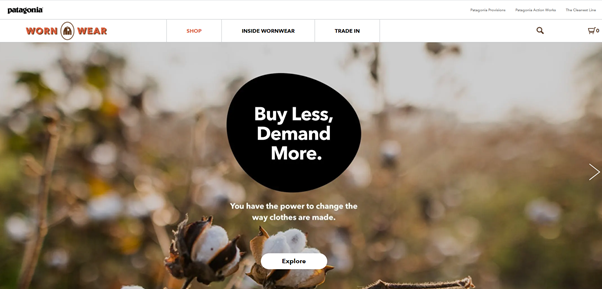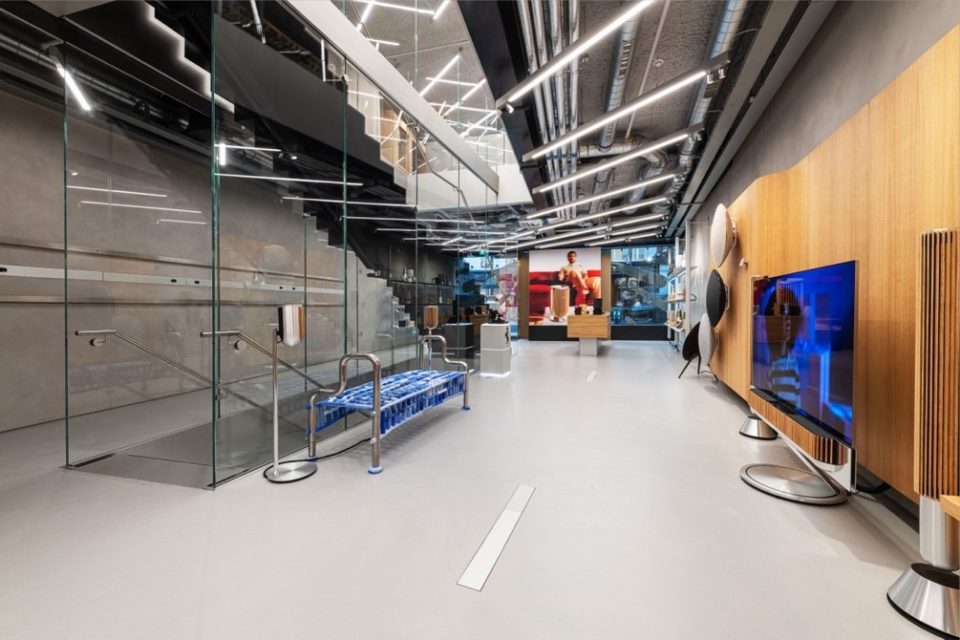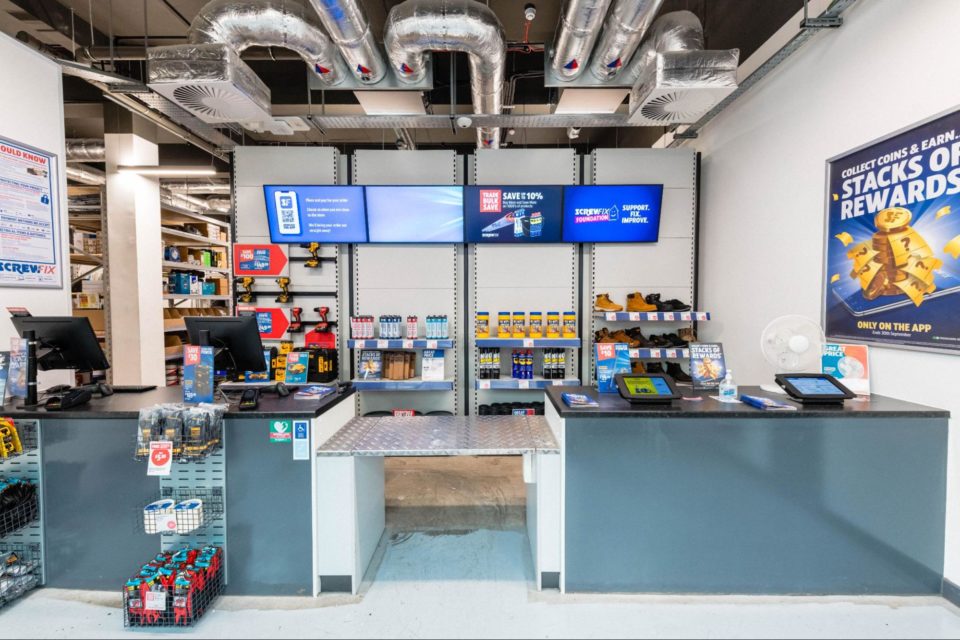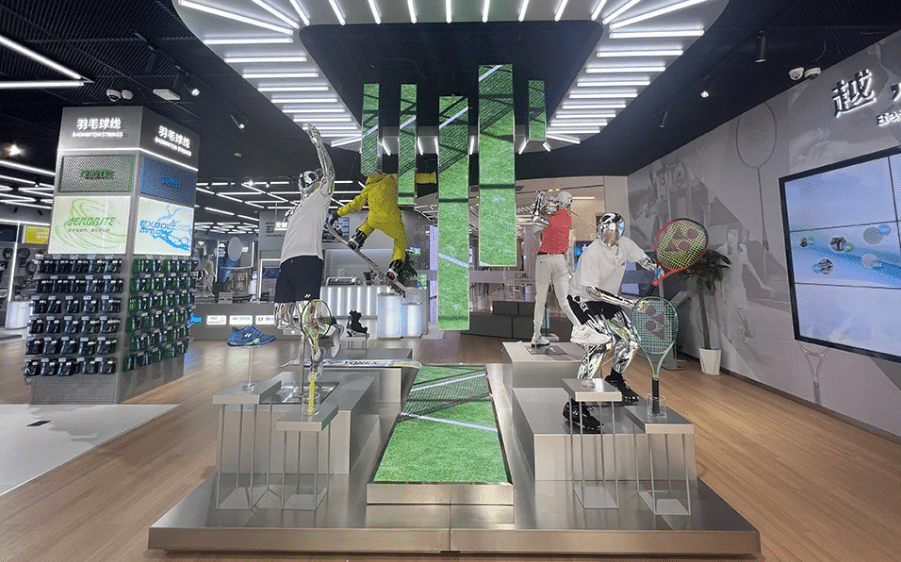How to have a business-based conversation on sustainability

Phil Forbes of Packhelp shares some key points on how to have a useful conversation about sustainability in retail business.
It was only several years ago when consumers considered ‘eco’ friendly brands as an outlier, a ‘nice to have’, or even a novelty.
But over time, consumers have changed their tune, with many now only opting to give their money to eco-friendly brands.
This creates a problem (and an opportunity) for both new and established brands, whether you’re e-commerce, brick and mortar retail, D2C or a subscription box service.
But not all businesses are created equally; some stakeholders may be reluctant to make sustainable changes for reasons that are almost unseeable.
Having a conversation with key stakeholders about this topic is crucial to get the ball rolling.
So whether you’re a brand owner and decision maker yourself, or you’d like to see the environment be put higher on your company’s priority list, here’s how to start the conversation internally.
Data is crucial, but the message is more important
It’s reckless to base strategic business decisions on anything other than data.
Therefore, it’s critical that when you present your arguments for making a sustainable change, they’re backed by data. However, too much data is the first step to analysis paralysis.
Rather than
“Our company’s supply chain accounts for more than 80% of our greenhouse-gas emissions”
Try saying
“With some simple changes to our outdated supply chain, we’ll save both time and money, and help appeal to a wider audience”.
Find the takeaway of the statistic, and then use it as the basis of your argument. This will help reluctant stakeholders see the benefits of your proposed changes.
Look at your already existing ‘eco’ benefits
Chances are that your business already has some environmentally friendly eco-policies. They’re just not looked at from the right perspective.

Was your retail store forced to offer an in-store pickup option due to social distancing? That helps eliminate last-mile carbon emissions
Do you email invoices and receipts, rather than print them out? You’re eliminating paper usage.
Take a closer look at some standard procedures that you take for granted and extrapolate environmental benefits from them. This can help show to stakeholders that you’re already eco-friendly and won’t take much to make even more changes.
Avoid Greenwashing, define your words
Eco-friendly, green, sustainable – they’re all important words, but they lack solid and rigid definitions. That’s why they’re so commonly associated with greenwashing, which only adds to the reluctance of those sitting on the fence.
Put everyone on a level playing field by ensuring that everyone knows what you mean when you say a specific word.
Tell your stakeholders that when you say ‘sustainable materials’ you don’t mean using cutting edge material technology, but rather swapping one material for another that does less harm to the environment.

A clear definition, or even a glossary will help avoid confusion for all parties and departments involved.
Think marketing
Any changes that are made to make your business more environmentally friendly have marketing potential, if done right.
So when presenting your reasons to make an ‘eco-change’, explain how it can be marketed and the benefits of marketing these policies.
- By using renewable resources, you’re adapting to change
- By using recycled materials, you’re innovating and reducing waste
- By revising processes, you’re finding opportunity
- By lowering your carbon footprint, you’re appealing to a newer audience
It’s important that you also find ways that this change can be directly related to your customer – why do they care? These reasons can make compelling arguments for change.
If you’re using referral marketing, your brand’s environmental policy can help you market yourself to a wider range of partners and affiliates.
Sustainability isn’t just materials
There’s so much more to implementing sustainability into your business than just changing raw materials. For example:
- Change production to factories that use renewable electricity.
- Lower carbon emissions by using distribution warehouse located geographically central to consumers
- Swap plastic packaging for eco-friendly packaging supplies
- HR can implement a local clean up day to clean up the local community
- Startup CEOs can only accept funding from VCs that also invest in sustainability
There are many ways that almost all departments can make sustainable changes – the hard part is innovation and creativity!
Use a microstrategy
It’s now ‘sexy’ for many businesses to make the eco-switch. Some brands make the change right down to their core, while for others, it’s just a front to keep up with what consumers want. Take, for example, Patagonia who promote buying their items second hand and repairing items, rather than buying new.

Compare this to the environmental impact of ‘fast fashion’ outlets like Zara and H&M and their vague environmental impact statements.
Knowing why you’re making the change can help you position yourself in the market correctly and reap the most benefits from going green.
Assimilate and do the bare minimum to change and keep sales and profits as your core motif.
Mobilise and give key stakeholders the opportunity and resources to research and implement sustainable initiatives in their area.
Transition sees a business shaping policies, products, values and attitudes, now and into the future, with sustainability being paramount.
Prepare for reluctance
For both personal and professional reasons, many individuals see sustainability and caring for the environment as nothing but a trend or passing craze.
It’s critical that you understand and prepare for both initial and long-term apprehension of any sustainable ideas or concepts that you and your team put forward, both from peers and superiors.
Use common sense and compassion. Consider alleviating reluctance rather than directly fighting it and understand than a short-term compromise may be the best way to move forward.
Don’t use guilt or scare tactics
For the same reasons that you just read above, scare tactics and guilt won’t help your cause when you’re trying to convince reluctant stakeholders of the value or an environmental policy.

Rather than ‘Our kids will inherit our unwillingness to act in the face of such clear data’, try leading with statistics and the overall benefit of change. To put it in simpler terms, fear and guilt won’t help your cause if the fundamental principles of your business are to maximise profits.
Be transparent
As you just read, perfect changes won’t happen overnight. But the fact that your policy and changes aren’t perfect right now is not something to shy away from. In fact, an imperfect sustainability policy is marketing potential, as it promotes your brand’s transparency.
Patagonia, who we’ve already mentioned once in this article, use the fact that they’re not perfect as a marketing tactic. Such transparency empowers the buyer. When they buy a Patagonia product they know 110% what they’re buying, even though it’s not perfect.
There’s no trickery or marketing hype – rather raw honesty that lets the customer make an informed buying decision.
It won’t be perfect at the start
Like a lot of things in business, sustainability is a path, not a destination. Companies, regardless of size and capital, can’t click their fingers and suddenly be eco-friendly overnight.
It’s a slow and arguably difficult process to make effective changes for sustainability in your business. But the most important part is to get the ball rolling. A step in the right direction mightn’t be the biggest step, but it’s a step nonetheless.
Summary
It’s a challenge for every business, regardless of size, to start making sustainable changes. Whether it’s for profit, social responsibility, or consumer sentiment, a conversation about making environmental changes within your company has far reaching benefits in many areas; the most important one being mother nature herself.
Phil Forbes is a bearded Australian living in Poland. When he’s not helping take Packhelp’s custom boxes to the world, he can be found writing about Poland on his blog, trying not to kill his plants or hanging out with his dog.
If you’re struggling to see how to begin your sustainability journey, our retail sustainability crash course will get your teams on the same page and arm you with a clear plan of what to do next.



